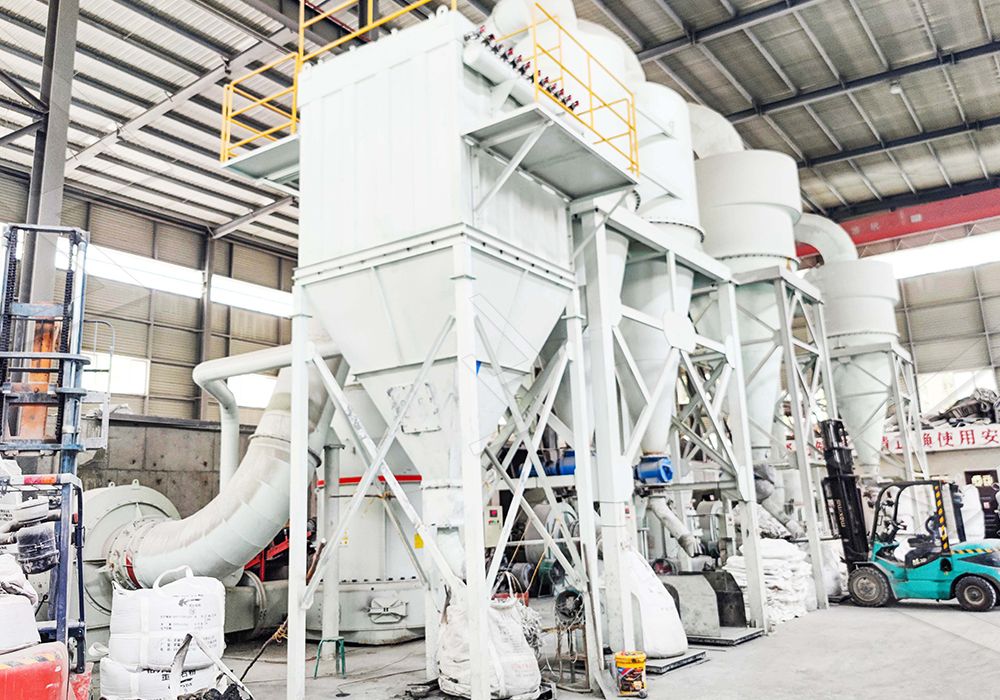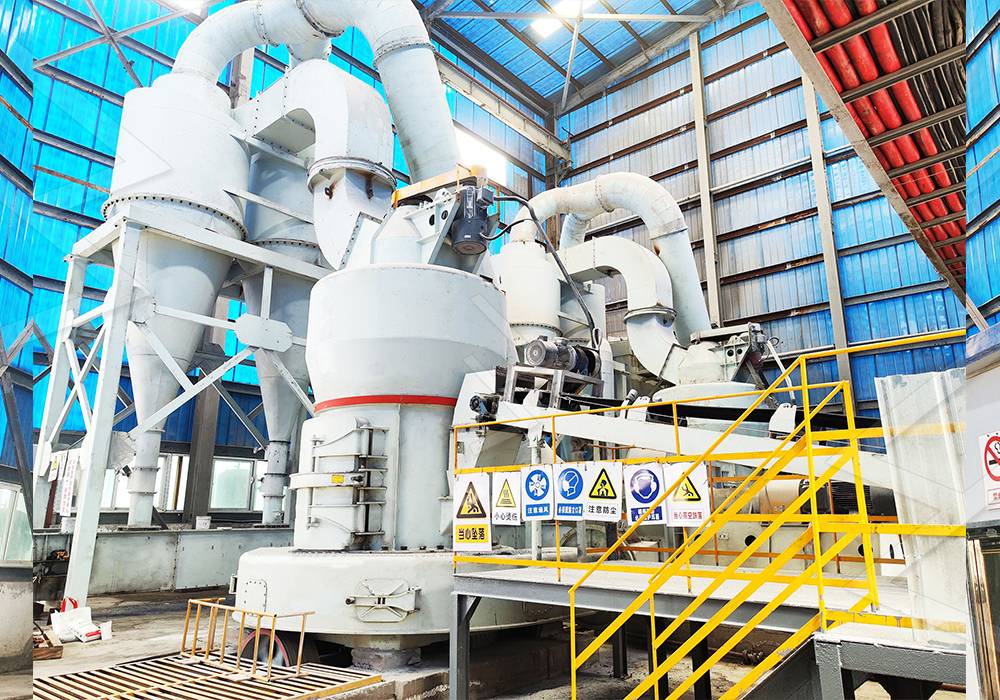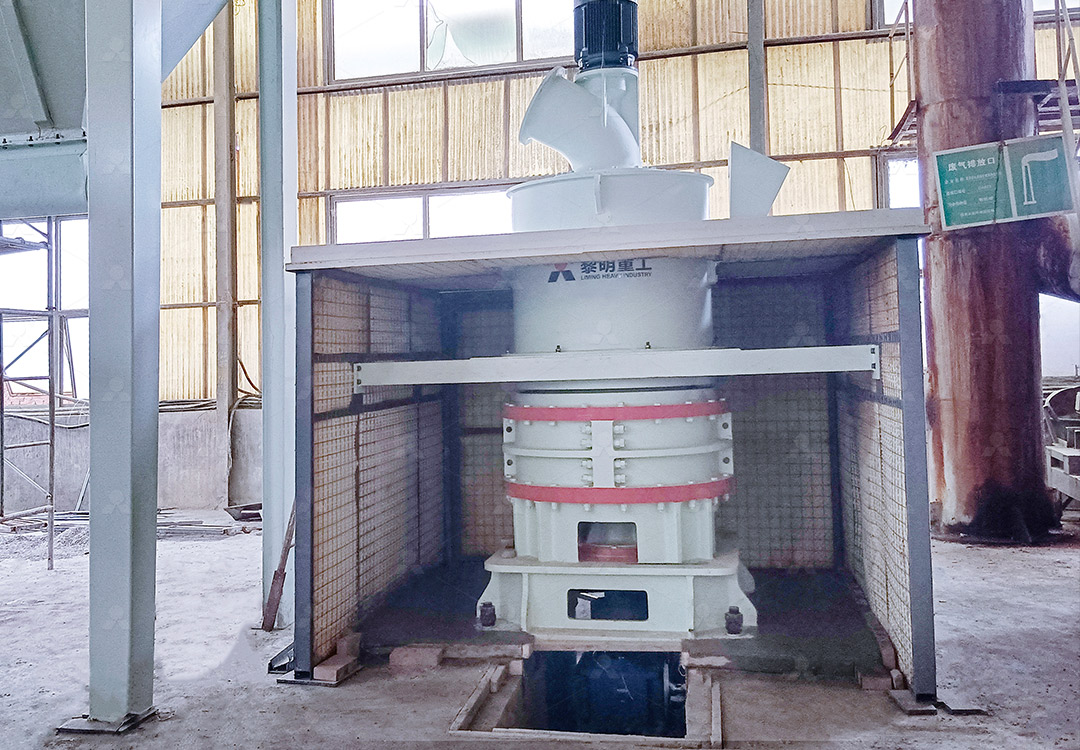3R2715 Raymond Mill: Technical Specifications and Industrial Applications
3R2715 Raymond Mill: Technical Specifications and Industrial Applications
For decades, the Raymond Mill has stood as a cornerstone of industrial grinding operations worldwide. Among its various models, the 3R2715 remains a particularly popular choice for medium-scale production requirements. As an industry veteran with over twenty years of experience in mineral processing equipment, I’ve witnessed firsthand the reliability and consistent performance this workhorse delivers across countless applications.

Technical Specifications and Design Features
The 3R2715 designation reveals key aspects of its construction: 3 grinding rollers (3R) with a roller diameter of 270mm. This configuration strikes an optimal balance between grinding force and operational efficiency. The mill operates with a maximum feed size of 25mm and delivers throughput capacities ranging from 0.6 to 5 tons per hour, depending on material characteristics and final product fineness requirements.
What truly sets the 3R2715 apart is its intelligent mechanical design. The centrifugal grinding roller assembly presses against the grinding ring with substantial force, creating the necessary compression for effective size reduction. Meanwhile, the integrated air classifier ensures precise control over product fineness, typically achieving particle sizes between 80-400 mesh. The entire system operates as a self-contained negative pressure circuit, minimizing dust emissions while maximizing collection efficiency.
Industrial Applications and Material Compatibility
The versatility of the 3R2715 Raymond Mill makes it suitable for numerous industries. In construction materials manufacturing, it efficiently processes limestone, gypsum, and barite for various applications. The mining sector utilizes it for grinding non-metallic minerals like calcite, dolomite, and marble. Even specialized fields such as desulfurization operations in power plants employ these mills for preparing limestone powders essential for flue gas treatment.
I recall a particularly challenging project where a client needed to process petroleum coke with strict fineness requirements. After evaluating several options, we recommended the 3R2715 configuration, which not only met their production targets but exceeded their energy efficiency expectations by nearly 15% compared to their previous equipment.

Evolution Beyond Traditional Designs
While the 3R2715 Raymond Mill continues to serve many operations effectively, technological advancements have introduced more sophisticated solutions for specialized applications. For operations requiring ultra-fine powders beyond the capability of standard Raymond mills, we now recommend our MW Ultrafine Grinding Mill.
This advanced system represents a significant leap forward, capable of producing powders between 325-2500 meshes – far finer than traditional Raymond mills can achieve. With an input size of 0-20 mm and capacity ranging from 0.5-25 tph, the MW series accommodates both small and medium-scale production requirements. Its innovative design eliminates rolling bearings and screws from the grinding chamber, addressing common maintenance concerns while ensuring continuous 24-hour operation.
For operations prioritizing environmental compliance, the MW Ultrafine Grinding Mill incorporates efficient pulse dust collection and noise reduction technologies that significantly minimize the ecological footprint of grinding operations. The cage-type powder selector, utilizing German technology, provides unprecedented precision in particle separation, ensuring consistent product quality batch after batch.

Selecting the Right Equipment
Choosing between traditional Raymond mills and advanced alternatives like the MW series depends on several factors: required product fineness, production volume, material characteristics, and environmental considerations. The 3R2715 remains an excellent choice for standard grinding applications where ultra-fine powders aren’t necessary, offering proven reliability and lower initial investment.
However, for operations demanding superior fineness control, higher energy efficiency, or enhanced environmental performance, the MW Ultrafine Grinding Mill provides compelling advantages that can significantly impact long-term operational costs and product quality.
Frequently Asked Questions
What is the typical lifespan of a 3R2715 Raymond Mill?
With proper maintenance and regular replacement of wear parts, the 3R2715 can operate effectively for 15-20 years. The grinding rollers and rings typically require replacement every 1-2 years depending on material abrasiveness.
Can the 3R2715 handle moist materials?
While it can tolerate some moisture, materials with high moisture content may require pre-drying. For very wet materials, consider systems with integrated drying capabilities like our vertical grinding mills.
How does the MW Ultrafine Grinding Mill achieve finer powders than Raymond mills?
The MW series incorporates advanced powder separation technology and optimized grinding curves that enable much finer classification and more efficient size reduction compared to traditional Raymond mill designs.
What safety features are incorporated in modern grinding mills?
Contemporary designs like the MW series include multiple protection systems, including mechanical limiting devices, vibration monitoring, and automated lubrication systems that prevent catastrophic failures and enhance operational safety.
